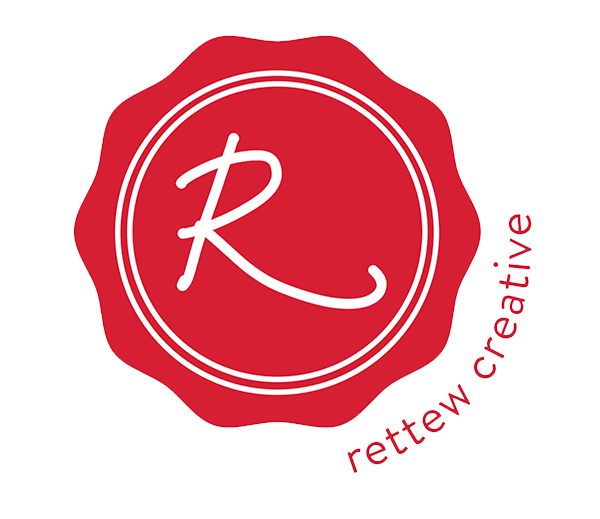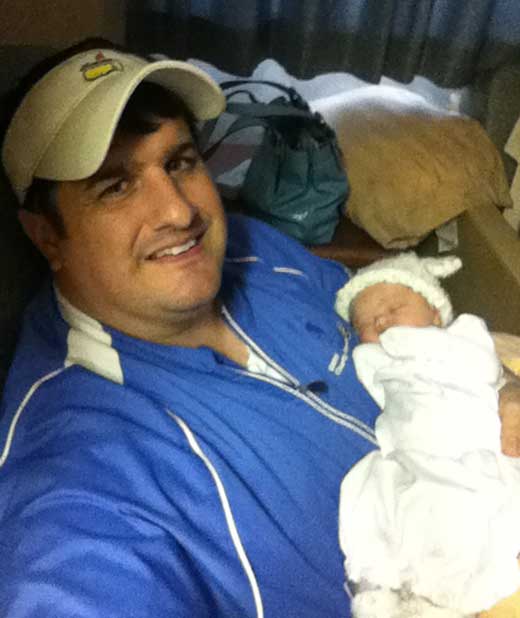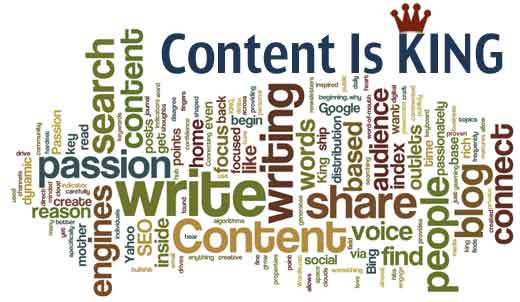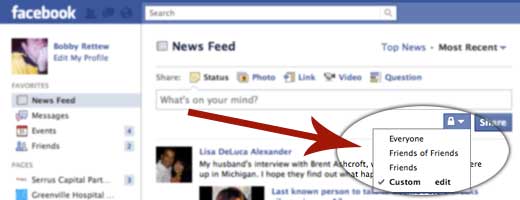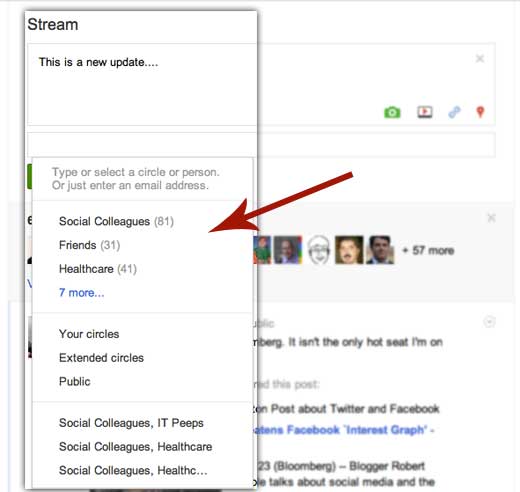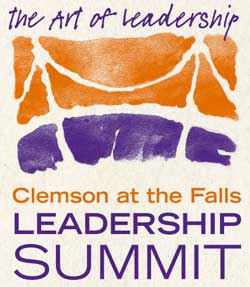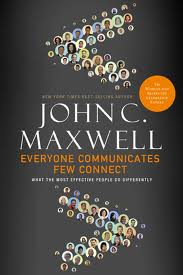One of the more interesting things that continually fascinates me…we are still burying social links. What do I mean, burying social links on websites, televisions ads, print ads, etc.
Websites: I see more and more links to organizations, brands, individuals’ social links at the bottom of a website…or even below the fold. I wonder if web designers and developers are engrained with working with template based methodology? Maybe we just do not know what to do with the links? If we are blogging and have great content…why are we making it so hard to find the blog? Oh, let’s put the link to the blog at the bottom of the homepage and bury the blog in the navigation.
Television Ads: It is easy to just add the social media outlet icons (Twitter, Facebook, and YouTube) at the end of the spot. Watch some of the popular ads and you will see a glimpse of these icons in the last 3 seconds of the ads. Most of these outlets just put the icons without the link address to the social link. People need to see the exact URL and not just a Twitter, Facebook, or YouTube icon as an afterthought.
Print: Same as websites and television, these links and outlets are after thoughts. Social outlet icons or event links are buried at the bottom of a design or where we can squeeze them in somewhere. These icons are put there for “awareness” yet only bring awareness for the outlet as an organization, but give no URL to go find the links and engage.
This makes no sense to me?
It is my belief that a YouTube channel has the greatest reach than any other social outlet. Yes, it is a destination social outlet where Twitter, Facebook, and blogs are gateways to YouTube. So if Twitter, Facebook, and blogs are gateways to YouTube, why are we making it hard for individuals to find these social links?
Let’s look at YouTube…it has twice as potency as all the other social outlets. Links to YouTube videos last twice as long in the social space than links to any other content, basically has twice as long half-life as other social links. Here is the research from bit.ly on Mashable.com: http://mashable.com/2011/09/06/links-sharing-bitly/
Also…social media-related YouTube stats are just as impressive. YouTube says that on average there are more than 400 tweets per minute containing a YouTube link. Meanwhile, over on Facebook over 150 years worth of YouTube videos are watched every single day. OK, with these stats…we should make it easier for our audiences to find our video content.
Let’s take a look at this YouTube video by Fancy Feast. It is one of their newest campaigns, encouraging you go find more of their YouTube links to watch the whole “engagement” story. But at the very end, they include a link to the channel, but is so small and short…you have to go to Google and search for it. Oh yes…that is what they want you to do…search for the content. We will get back to that in a second.
Reminder…Gthe point of this campaign is to get you to go watch the rest of the videos, to watch the whole story. The link is so small and so short when watching on television…I guess you have to use DVR to see it.
Organizations are lazy with their social links hoping that the user will use keyword searches to find content. Why are we making it so hard for our audiences to find our social outlets…we want them to engage in conversation? We want invest tons of money in these outlets, why the heck are we making it hard for our audiences to find them.
Let’s let look at some more stats:
“As of February 2011, YouTube has 490 million unique users worldwide per month, who rack up an estimated 92 billion page views each month. We spend around 2.9 billion hours on YouTube in a month — over 325,000 years. And those stats are just for the main YouTube website — they don’t incorporate embedded videos or video watched on mobile devices.” <– via Mashable.com.
Oh…btw, YouTube is the Number 2 visited website internationally…yes! Here is the list for 2011: http://www.google.com/adplanner/static/top1000/
So what do these stats tell us, we expect people to search for content. We do not do this intentionally, maybe the smart advertisers do, but most average organizations do not think about this. The social search of Google and Bing ranks content based on searches, creating millions of dollars of revenue from our inability to tell audiences the direct link to a social outlet or social piece of content. The more clicks to the content, the better the search is refined, the higher the rank of the content or social outlet.
Advertisers who are not generating income (direct or indirect links) should do a better job of giving audiences a direct URL or link to social outlets and social content. Why…we want audiences to find content as fast as possible, because CONTENT IS KING.
Oh…this whole argument is based on the premise that your social outlets have viable a community and wonderful content to engage. So if your Content Is Not King…then keep on burying those links.
